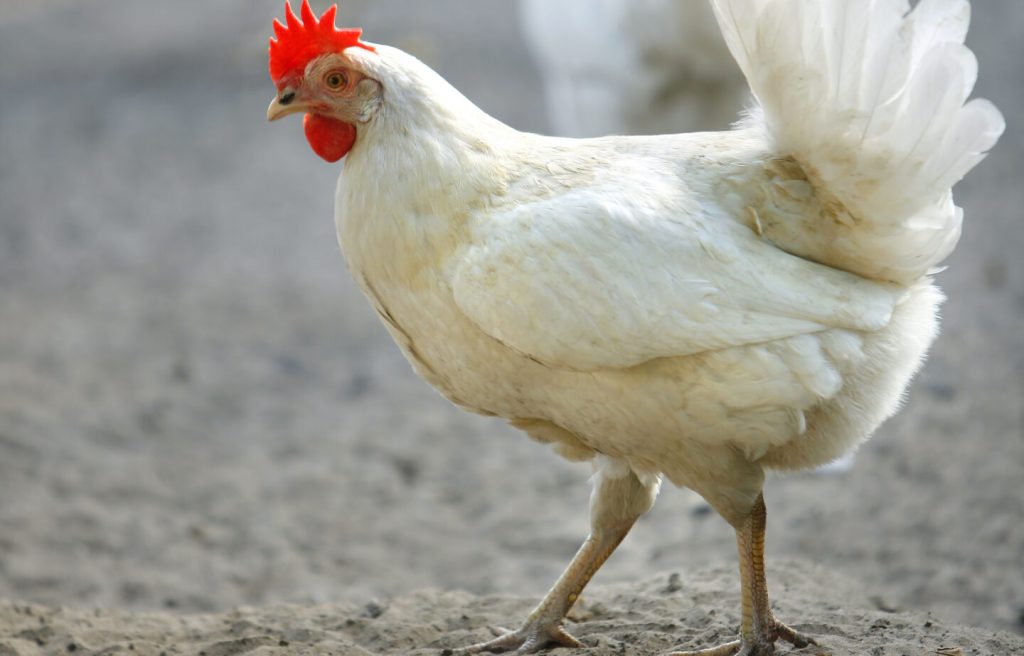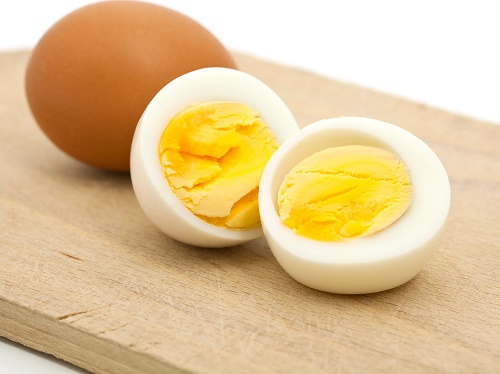Call/WhatsApp: +233 54 939 3417
What is hatching?
Hatching takes place when chicks crack their way out of fertilized eggs, in which they have developed. While egg shells may seem delicate and easily breakable, for the chicks who have to crack them open from the inside, the process is tough, often taking hours.
Thankfully, chicks are uniquely suited to the task, and have a special tooth called an egg tooth that helps them break through the shell. Once they’re free, the tooth falls off after a few days.
How do hens hatch their eggs?
While chicks perform the tough job of hatching out of their eggs, in nature, they wouldn’t make it out of the shell without the care of their mother hens. From the day they lay their eggs, hens are dedicated parents, sitting on them for hours to keep them warm. Their presence is an important bonding experience between hen and chick, as the two start communicating before the egg even hatches. When danger is around, hens will make warning sounds, acclimating the unhatched chicks so that by the time they’re hatched, the chicks know to respond when she warns of danger.
Mother hens make sure their eggs remain healthy by sitting on them to maintain a temperature of around 100℉, splashing them with water to ensure they don’t get too dry, and turning them frequently.
On commercial farms, hens don’t get to hatch their own eggs. Instead, the unhatched eggs are taken and placed into an incubator, where they’re turned and warmed by machines until they eventually hatch.
What are the stages of hatching?
Whether hatched in an incubator or by their mother, the development that takes place within the egg is impressive. In just 21 days, a clump of cells develops into a chick able to fight their way out of the shell and into the world.
Though chicks develop from embryos to fully fledged baby birds inside of eggs quite quickly, the process is complicated, as birds form organs, grow feathers, and develop all the other parts necessary for life outside their shell.



Copyright © asesgh.org
Powered by STEK I.T
Quick Links
Contact Info
Location:
Akrokerrifie - Akrokerri Adansi
Ashanti Region
Ghana
A2-1655-0739
Phone:
+233 (0) 54 939 3417
Privacy Overview
| Cookie | Duration | Description |
|---|---|---|
| cookielawinfo-checkbox-analytics | 11 months | This cookie is set by GDPR Cookie Consent plugin. The cookie is used to store the user consent for the cookies in the category "Analytics". |
| cookielawinfo-checkbox-functional | 11 months | The cookie is set by GDPR cookie consent to record the user consent for the cookies in the category "Functional". |
| cookielawinfo-checkbox-necessary | 11 months | This cookie is set by GDPR Cookie Consent plugin. The cookies is used to store the user consent for the cookies in the category "Necessary". |
| cookielawinfo-checkbox-others | 11 months | This cookie is set by GDPR Cookie Consent plugin. The cookie is used to store the user consent for the cookies in the category "Other. |
| cookielawinfo-checkbox-performance | 11 months | This cookie is set by GDPR Cookie Consent plugin. The cookie is used to store the user consent for the cookies in the category "Performance". |
| viewed_cookie_policy | 11 months | The cookie is set by the GDPR Cookie Consent plugin and is used to store whether or not user has consented to the use of cookies. It does not store any personal data. |
WhatsApp us
